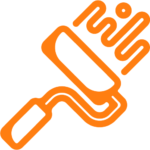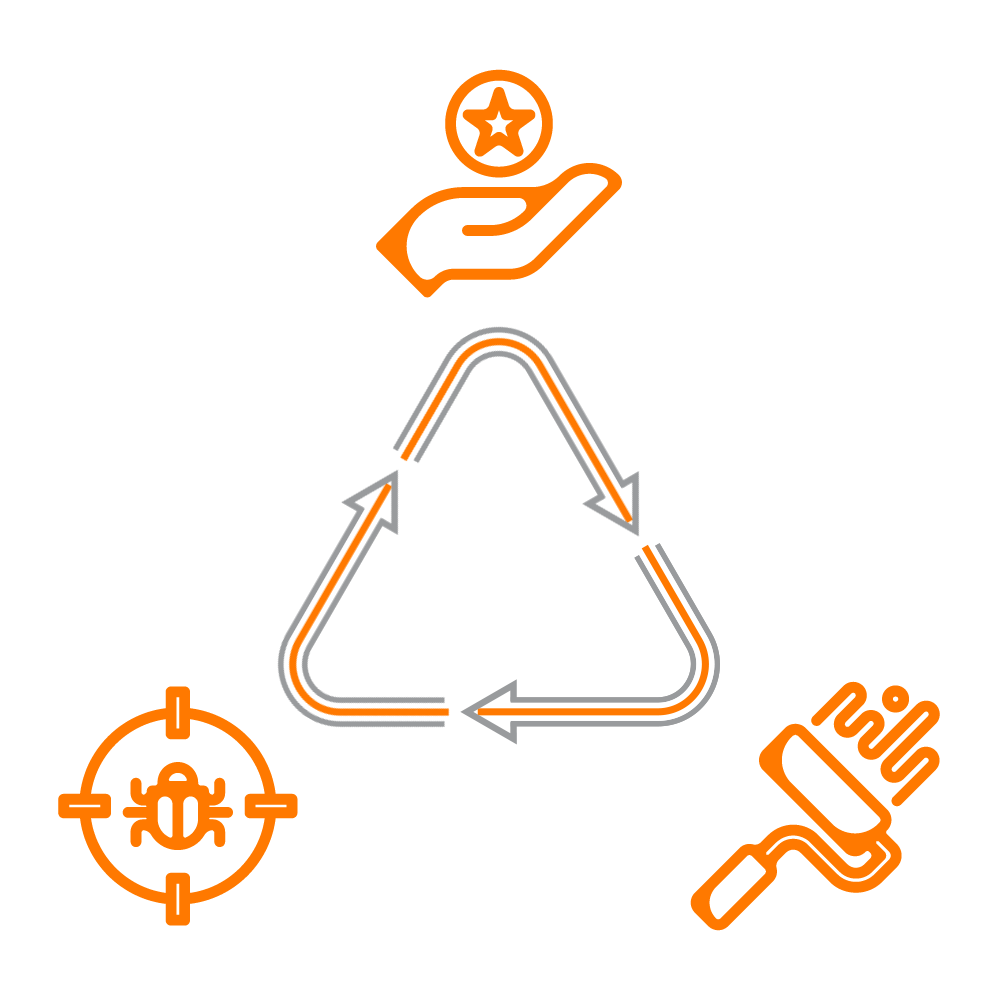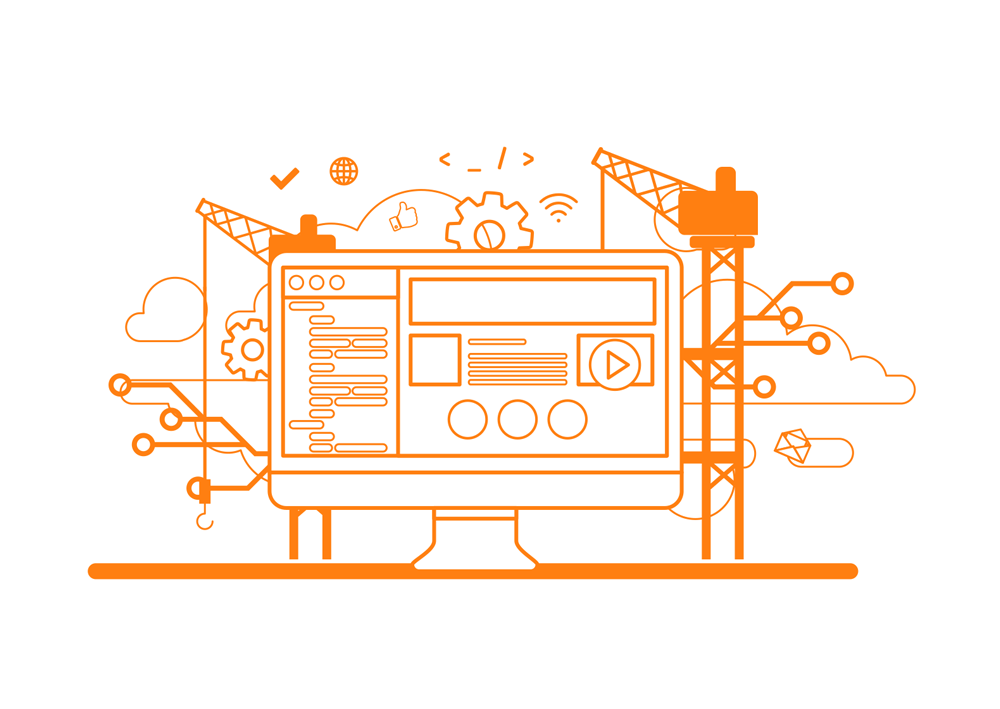App development is an ongoing cycle, not a linear process. Over time, users will find new ways to break your app and customers will ask for new features. To keep your app afloat in the raging tides of the marketplace, your product must constantly innovate, grow, and improve. After the MVP launch phase, there are three important processes to keep your application alive and kicking: maintenance, bug tracking, and feature additions. Each process helps your application overcome issues and adapt to unforeseen changes. To help you make important forecasts for your application, let’s break down each of the three phases of app upkeep.
Maintenance and feature additions are important parts of the overall app-building process. To find out how your app gets off the ground in the first place, read about the MVP launch phase.
Maintenance

Maintenance cost estimates are included on each spec sheet. While several variables may determine your maintenance costs, we know how to meticulously analyze each variable in the greater context of your industry and target audience. Our years of experience with projects of varying scale and scope enable us to assess your project’s maintenance with startling accuracy. To further assist with your financial projections, we also include a “good-better-best” hosting cost comparison. As the name suggests, we list three different fixed and per-user costs to give you a realistic range of possibilities. That way, you can make well-informed decisions based on a wide range of data. For a deeper look at what app maintenance entails, check out this post.
Bug Tracking
![]()
No matter how many QA tests you run before launch, some sort of bug will pop up where you least expect it. That’s why we implement rigorous bug-tracking standards to find and remove errors as they occur.
Tracking and removing bugs after launch requires an agile and streamlined process, so we repeat steps from the QA phase. When a user finds a bug, we start by verifying it. Being able to reliably repeat the error allows us to identify its cause and respond rapidly. Once a bug has been identified, we remove it as quickly as possible and retest the issue to guarantee that the bug has been patched. We repeat relevant QA tests one more time to verify that the problem is solved before updating the system. Then, we run regression testing to check that the new updates don’t negatively impact the application in entirely new and unexpected ways.
Feature Additions

While the app-building process seems to have a clear start and end, it ends up being more cyclical in nature. That’s because as long as people use your product, there will be new ways to improve it. To meet the demands of your users, you should constantly be discussing new ways to improve your product with your team. Feature additions are a critical component of growing your application. When you decide to add a new feature, the entire development process starts over. We begin with another ideation meeting that feeds into a new spec sheet with new estimates. Developing a high-quality application is an ongoing process that continues well after launch. To discuss how to feed the ongoing growth of your app with new features, please drop us a line through our contact form or call us at 888.221.6509.
 David Scott
David Scott 

